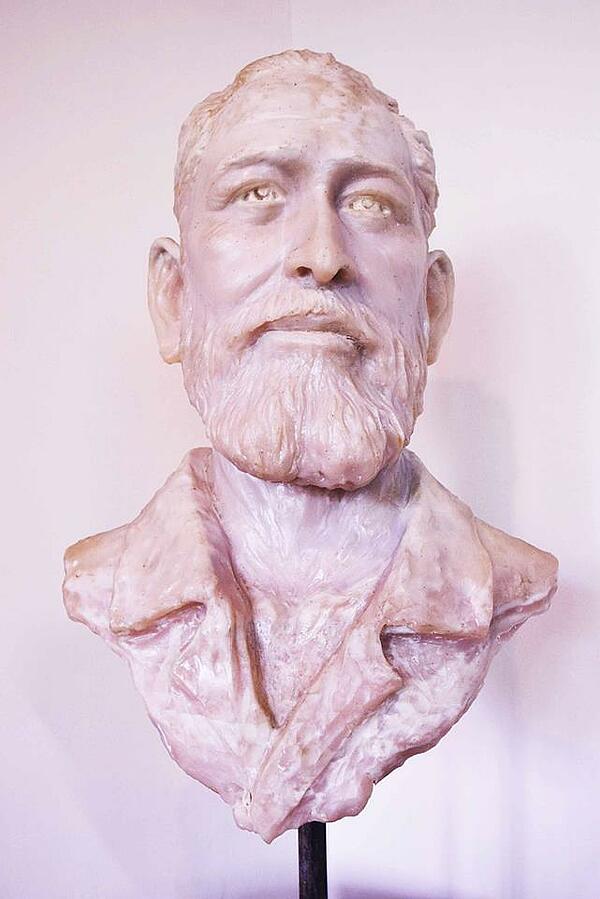Wilhelm Solheim
Wilhelm Solheim II was an American anthropologist known to many as the most senior archaeologist in Southeast Asia and a pioneer in the field of prehistoric archaeology in the Philippines. He is also known for having created the theory of the existance of the Nusantao Maritime Trading and Communication Network.
Born on 19th November 1924 in Champaign, Illinois, Wilhelm Solheim studied at the University of Wyoming from 1941, majoring in Mathematics with a minor in Physics. Two years later, he joined the US Air Force and trained as a meteorologist, but he returned to the US to finish his degree in 1947.
Three months after his degree was over, Solheim decided to pursue Anthropology, gaining a place on a Masters degree at the University of California-Berkeley. Keen to explore Southeast Asia, he arrived in the Philippines in November 1949, and so began his love affair with the archipelago.

After arriving in the Philippine, Solheim was quickly taken under the wing of Henry Otley Beyer, who was well-established as the leading authority on anthropology in the Philippines. Wilhelm went on to spend three years working around the country, all the while taking in classes and expedition experience led by Beyer.
In spite of his love for the country, in 1954 he decided to pursue a PhD at the University of Arizona. However, much of his work was based around the Philippines and Southeast Asia as a whole.
After completing his PhD, Solheim eventually became part of the Department of Anthropology at the University of Hawaii at Manoa. As an archaeologist and professor, he taught many students who went on to have a huge impact on the field of Southeast Asian archaeology.
One of Solheim’s most important contributions to the field was his proposal for a new chronological framework for the time periods in Southeast Asia. These included the Lithic Stage, the Lignic Period, the Crystallic Period, the Estensionistic Period and the Period of Conflicting Empires.
Additionally, Solheim is responsible for establishing the journal Asian Perspectives in 1957, which was published by the University of Hawaii Press. The journal became one of the most valuable and respected of its kind, providing researchers and academics from around the world with a reputable source of information and discussion about Southeast Asian studies.
In 1997, following his retirement, Solheim joined the Archaeological Studies Program at the University of the Philippines. He decided to ship his entire academic book collection to the department, providing students in the new Archaeological Studies Program with a plethora of notable publications to sift through.
He went on to found a research station at the site of Ille Rockshelter and Cave in north Palawan, even building a permanent residence nearby to reduce his ‘commute’. In 2003, the Solheim Foundation was established to keep this and other archaeological projects going across the Philippines.
Wilhelm Solheim II remained in the Philippines with his wife until his death on 25th July 2014 at the age of 89.
MLA Citation/Reference
"Wilhelm Solheim". HistoryLearning.com. 2024. Web.
